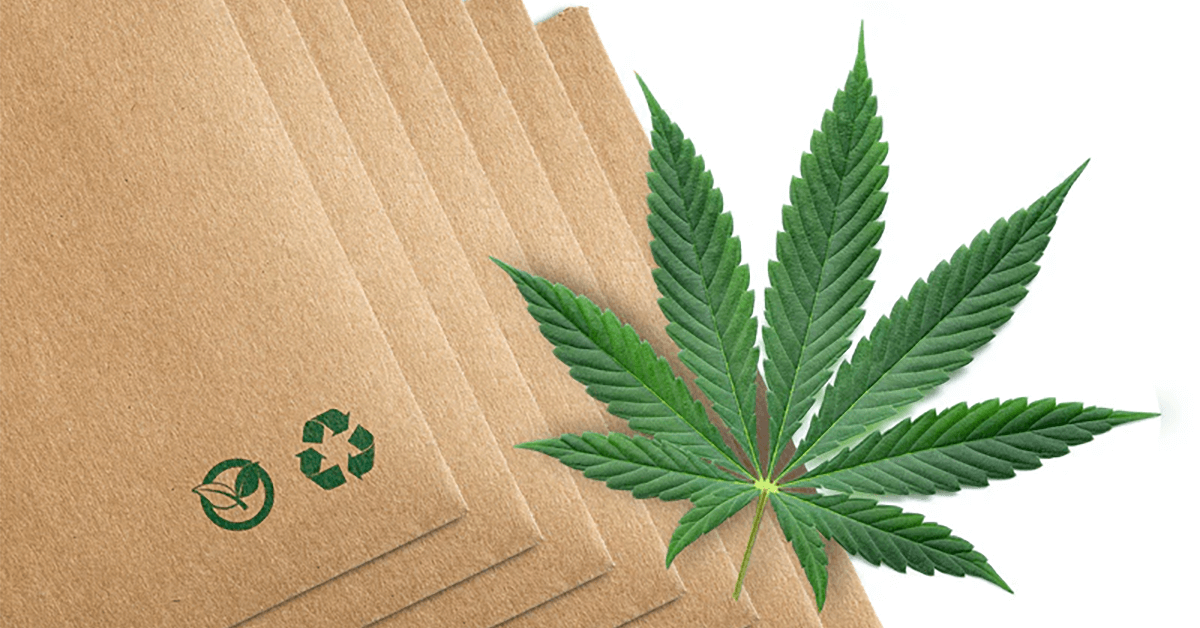How the Cannabis Industry Can Lead with Hemp-Based Packaging

In an era where environmental sustainability is not just desired but demanded, the cannabis industry stands at a crossroads. Known for its therapeutic benefits and increasingly liberalized around the world, the cannabis sector also faces significant scrutiny over its environmental footprint. One major area where this industry can take a transformative step forward is in its packaging practices.
The Environmental Challenge
The cannabis industry, while innovative in its products and applications, often relies on conventional packaging materials that are far from eco-friendly. Plastics, which are commonly used, are not only non-biodegradable but also contribute significantly to global pollution. The pressing need to reduce this environmental burden has led to a call for more sustainable practices within the industry.
Why Hemp?
Hemp offers a compelling solution to these environmental challenges. As a cousin of the cannabis plant, hemp is biodegradable and can be engineered to be as durable and childproof as traditional plastics. This makes it an ideal candidate for developing sustainable packaging solutions. Furthermore, hemp-based packaging aligns with the ethos of the cannabis industry, which is rooted in health and wellness.
Benefits of Hemp Packaging:
- Biodegradability: Hemp products naturally break down, leaving minimal environmental impact.
- Sustainability: Hemp can be grown with relatively low water and pesticide needs, making it a more sustainable crop.
- Versatility: Advanced processing techniques can transform hemp into various forms, from paper-like textures to sturdy, plastic-like materials.
Economic Considerations
Despite the clear environmental benefits, the adoption of hemp packaging in the cannabis industry faces economic hurdles. Currently, sustainable packaging options, including those made from hemp, tend to be more expensive than traditional materials. This cost differential can deter cannabis companies, especially in a competitive market where price sensitivity among consumers remains high.
For instance, if a cannabis product with hemp-based packaging costs more, consumers may opt for a cheaper alternative, despite their professed preferences for sustainability. Brands like Dutch Touch Genetics and Wyld have started integrating sustainable practices, using reusable glass jars and fully compostable paper-based packaging, but these are exceptions rather than the norm.
The Path Forward
For the cannabis industry to lead in sustainability, particularly in packaging, a multifaceted approach is needed:
-
Consumer Education: Informing consumers about the benefits of sustainable packaging and how it contributes to a healthier planet may encourage more individuals to choose products that are slightly more expensive but environmentally friendly.
-
Regulatory Incentives: Governments could offer incentives to companies that switch to sustainable packaging, making it a more financially viable option.
-
Industry Collaboration: Companies within the cannabis industry could collaborate to share the costs and innovations associated with sustainable packaging.
-
Research and Development: Continued investment in improving the cost-effectiveness and performance of hemp packaging materials is essential.
Conclusion
The cannabis industry has the potential to be at the forefront of sustainable packaging innovations. By embracing hemp-based solutions, the industry can significantly reduce its environmental impact while setting a standard for others to follow. It's time for the sector to revisit its roots—not just as a business but as a sustainable practice that contributes positively to the planet.
Share this article:
Spotted a typo, grammatical error, or a factual inaccuracy? Let us know - we're committed to correcting errors swiftly and accurately!








 Helpful Links
Helpful Links